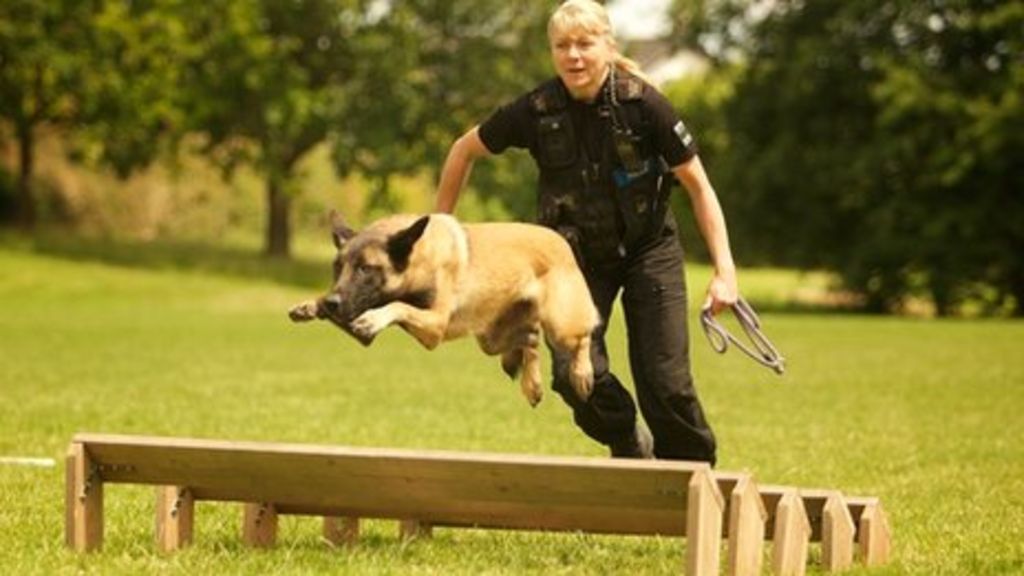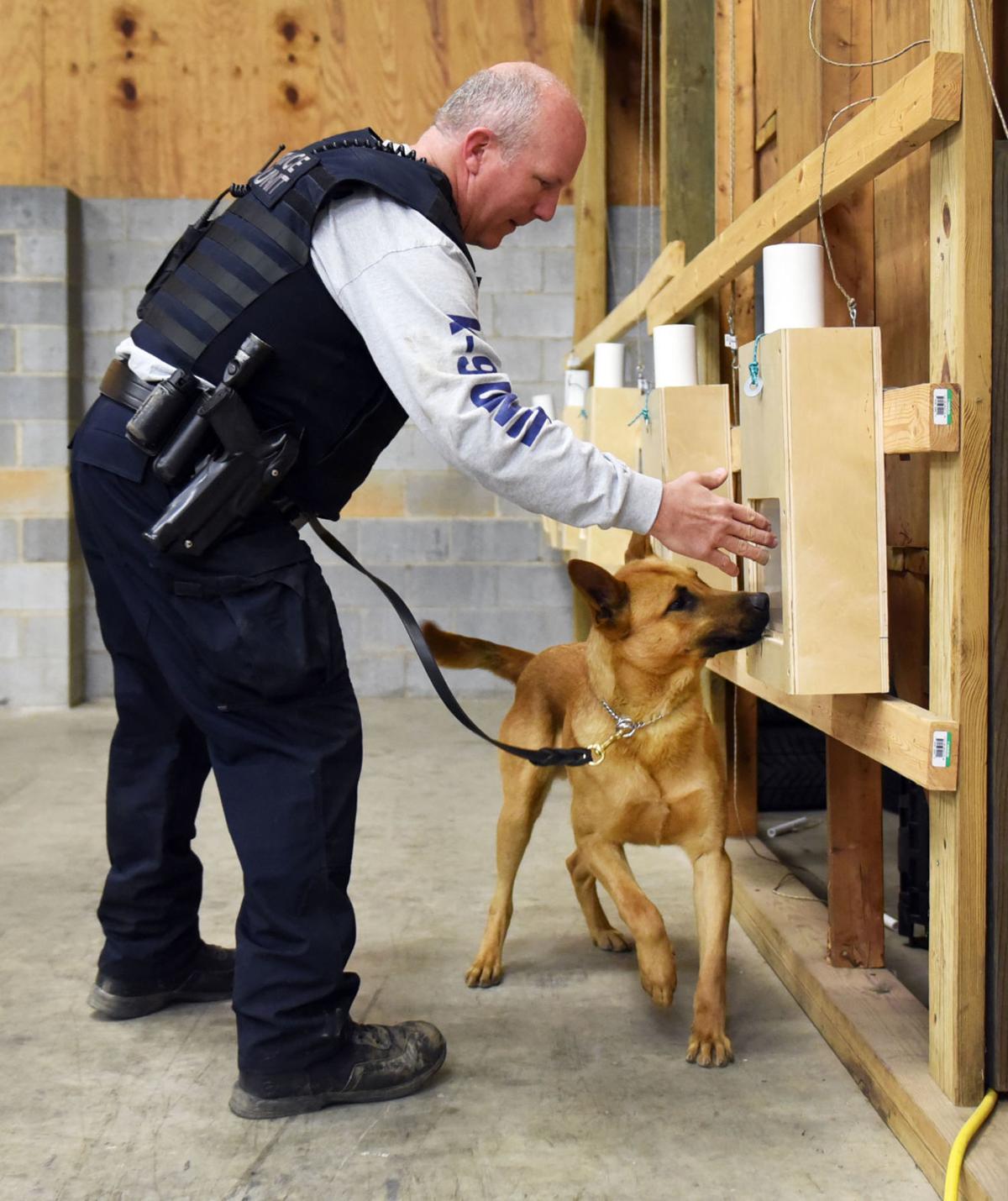how do police train dogs
How Do Police Train Dogs?
Police dogs are an essential part of law enforcement, and they play a vital role in keeping our communities safe. But how are these remarkable animals trained to perform such a wide range of tasks?

In this article, we'll take a closer look at the training process for police dogs, from the early stages of socialization and obedience training to the more specialized skills they need to learn in order to become successful police partners.
The Early Stages of Training
The first few months of a police dog's life are critical in terms of socialization and obedience training. During this time, puppies are introduced to a variety of people, places, and things, and they're taught basic commands such as sit, stay, come, and down.

This early socialization helps to ensure that police dogs are comfortable working in a variety of environments and that they're not easily distracted by unfamiliar sights, sounds, or smells. It also helps to build a strong bond of trust between the dog and its handler.
Specialized Training
Once a police dog has mastered the basics of obedience training, it's time to begin specialized training for the specific tasks it will be expected to perform. For example, patrol dogs are trained to track suspects, search for drugs and explosives, and apprehend criminals.

K-9 units that work in the narcotics field are trained to detect a variety of illegal drugs, including marijuana, cocaine, heroin, and methamphetamine. These dogs are able to identify drugs by smell, even if they're hidden in a car, a suitcase, or a package.
Bomb-sniffing dogs are trained to detect the presence of explosives, such as dynamite, C4, and TNT. These dogs are often used at airports, train stations, and other public places to ensure the safety of people and property.
Canine apprehension dogs are trained to apprehend suspects who are running away or resisting arrest. These dogs are taught to bite and hold onto a suspect until their handler can arrive.

The Training Process
The training process for police dogs is rigorous and demanding, but it's also incredibly rewarding. Police dogs are an essential part of law enforcement, and they make a real difference in keeping our communities safe.
The training process for police dogs typically takes between 18 and 24 months. During this time, dogs are taught a variety of skills, including obedience, tracking, searching, and apprehension.

The training process is overseen by certified K-9 trainers, who have extensive experience working with police dogs. Trainers use a variety of positive reinforcement techniques to teach dogs the skills they need to be successful police partners.
The Benefits of Police Dogs
Police dogs provide a number of benefits to law enforcement agencies, including:

- Increased officer safety: Police dogs can help to protect officers from harm by deterring criminals and apprehending suspects.
- Increased crime detection: Police dogs can help to find evidence, track suspects, and locate missing persons.
- Increased public safety: Police dogs can help to deter crime and make communities safer.
Police dogs are an essential part of law enforcement, and they make a real difference in keeping our communities safe.
Resources

- American Kennel Club Canine Good Citizen Program
- National Police Dog Foundation
- U.S. Department of Justice, Office of Community Oriented Policing Services
Thank you for exploring our website by how do police train dogs. Your presence fuels our commitment to excellence. Come back for a more enriching experience!
